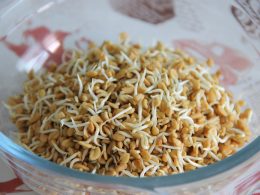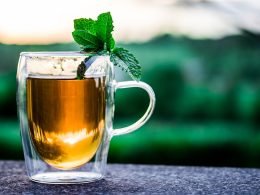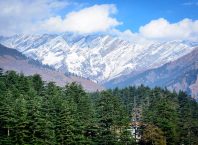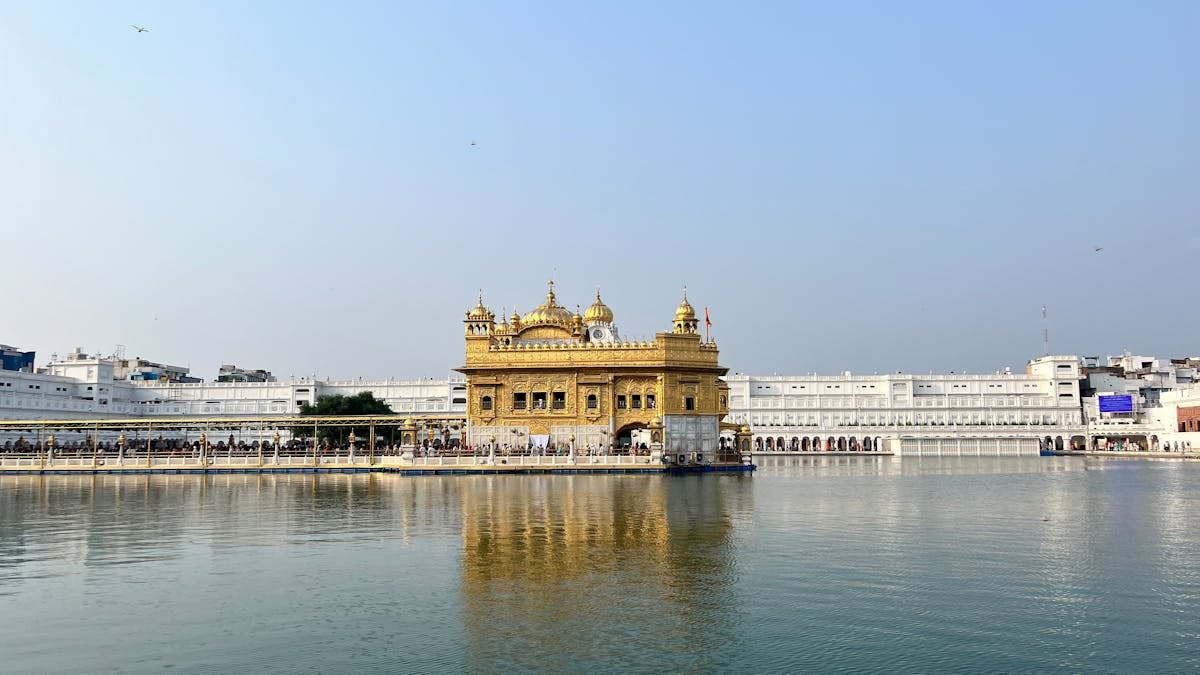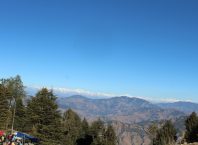Table of Contents
Himachal Pradesh is a state located in northern India, surrounded by majestic mountains and mesmerizing landscapes. It is known for its diverse culture, traditions, and festivals that are celebrated throughout the year. The state is blessed with natural beauty, and its people are warm and welcoming. Himachal Pradesh is a paradise for travelers who seek adventure, spirituality, and cultural experiences. Here are 21 festivals of Himachal Pradesh to witness the diversity of the state.
Nalwari Cattle Fair
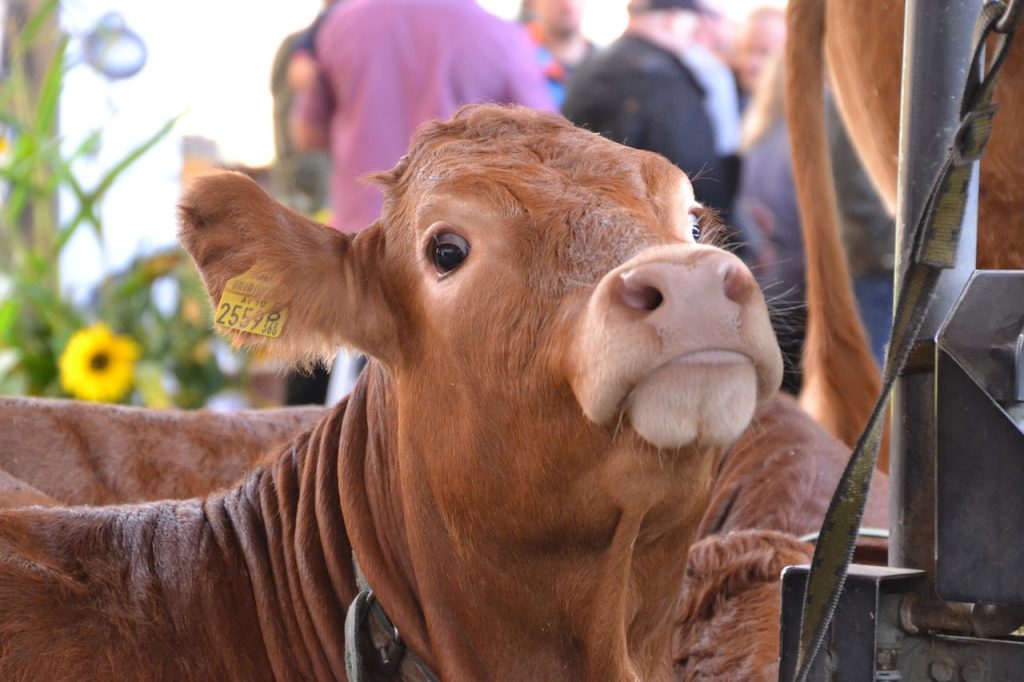
Nalwari Fair is one of the most popular festivals of Himachal Pradesh and is celebrated with great enthusiasm in the districts of Bilaspur, Hamirpur, Una, and Kangra. The festival is a celebration of the rich agricultural heritage of the region and is marked by various cultural activities, including wrestling matches, animal trading, and folk dances.
The Nalwari Fair is usually held in the month of September and lasts for about four to five days. The festival is also known as the ‘cattle fair’ as it is a major platform for farmers and traders to showcase their cattle and other livestock. People from different parts of the state gather here to buy and sell cattle, horses, and other domestic animals.
The fair is also famous for its traditional wrestling matches, which are held in an arena specially built for the occasion. The wrestlers, locally known as ‘pehlwans,’ showcase their skills and strength in front of a large audience. The matches are highly competitive and attract a lot of attention from both locals and tourists.
Apart from wrestling and animal trading, the Nalwari Fair is also known for its colorful cultural performances. Folk dancers and musicians from various parts of the state perform during the festival, showcasing the rich cultural diversity of Himachal Pradesh. The performers wear traditional attire and perform various dance forms such as the Nati, Kud, and Gee dance.
Kullu Dussehra
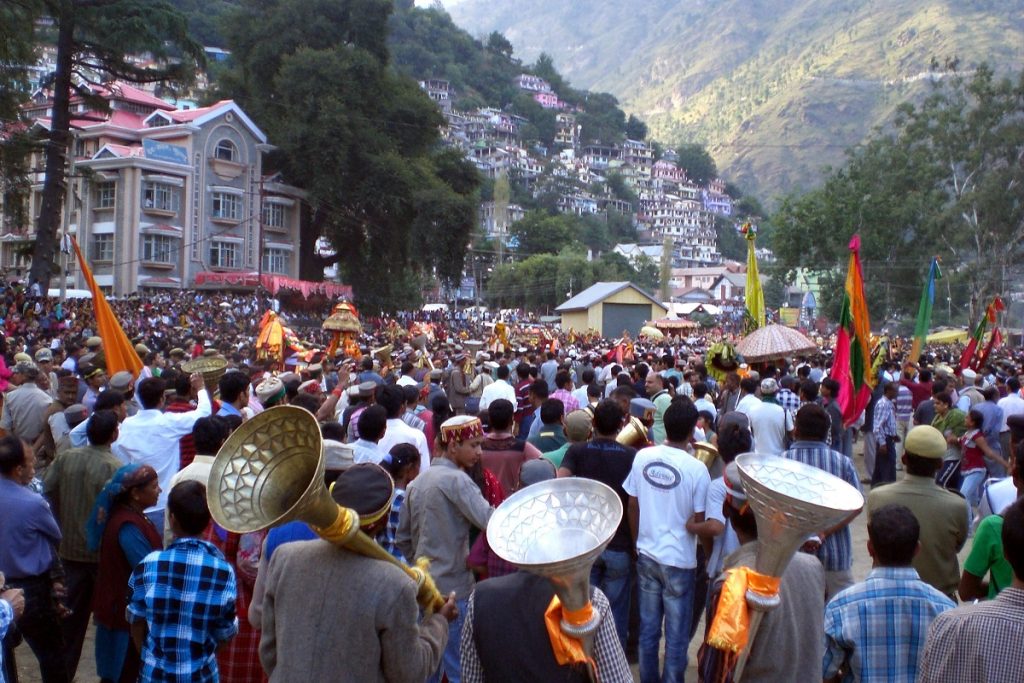
Kullu Dussehra is one of the most popular festivals in the state of Himachal Pradesh. It is celebrated in the Kullu Valley and is a week-long festival that attracts thousands of visitors from all over India and abroad.
The festival marks the victory of Lord Rama over the demon king Ravana, as celebrated during the Hindu festival of Dussehra. The festival in Kullu is unique as it is celebrated a week later than the rest of India, making it the last Dussehra celebration in the country.
The festival is marked by a grand procession in which over 200 local deities are brought to Kullu town to pay homage to Lord Raghunath, the presiding deity of the Kullu Valley. The procession starts from the Raghunath Temple and proceeds to the Dhalpur Maidan, where a large fair is held.
The fair is a colorful and lively affair with stalls selling local handicrafts, food, and other items. There are also cultural performances, music, and dance shows that take place throughout the week.
One of the highlights of the festival is the Rathyatra, which is a procession of the idol of Lord Raghunath on a chariot. The procession is accompanied by devotees dressed in colorful traditional attire, dancing and singing devotional songs.
The festival also includes a traditional dance known as the Kullu Natti, which is performed by local men and women dressed in traditional attire. The dance is performed in groups, and the dancers move in a circle while holding hands.
Losar Festival
The Losar Festival is one of the most important festivals celebrated by the people of the Tibetan community in Himachal Pradesh. It is celebrated on the first day of the Tibetan lunar new year, which usually falls in the month of February or March. The festival is a symbol of the Tibetan culture and is celebrated with great joy and enthusiasm.
The word “Losar” is derived from the Tibetan language, which means “new year”. The festival is celebrated for fifteen days, during which the people engage in various traditional activities and rituals. One of the most important rituals of the festival is the burning of incense and offerings to the deities for good fortune and prosperity.
The Losar Festival is also a time for the people to gather with their family and friends and exchange gifts and greetings. They wear traditional clothes and perform various folk dances and songs to mark the occasion. The festival is also an occasion to enjoy traditional Tibetan food and drinks, such as momos, thukpa, and butter tea.
The Losar Festival is not only celebrated in Himachal Pradesh but also in other parts of the world where the Tibetan community resides. The festival provides an opportunity for the people to reconnect with their cultural roots and to strengthen their ties with their community.
Mandi Shivratri Fair
The Mandi Shivratri Fair is one of the most popular festivals of Himachal Pradesh, celebrated in the historic town of Mandi in the month of February or March. The fair is a celebration of Lord Shiva and is marked by various cultural activities, including folk dances, music, and a grand procession.
The festival lasts for seven days, during which time the town is decked up with colorful decorations and lights. The main attraction of the fair is the procession of beautifully decorated chariots, which carry the idols of Lord Shiva and other deities through the town. Thousands of people from different parts of the state come to witness this grand spectacle.
Another major attraction of the fair is the traditional market, which is set up during the festival. The market offers a variety of local handicrafts and souvenirs, including hand-woven shawls, wooden carvings, and jewelry.
Rakhadi Fair
The Rakhadi Fair is a popular festival of Himachal Pradesh, celebrated in the Kinnaur district. The fair is a celebration of the local deity, Shri Badri Vishal Ji, and is marked by various cultural activities and rituals.
The festival is held in the month of August or September, and is attended by thousands of people from different parts of the state. The main attraction of the fair is the procession of beautifully decorated chariots, which carry the idols of Shri Badri Vishal Ji and other deities through the town.
Apart from the procession, the Rakhadi Fair is also known for its cultural performances, including folk dances such as the Kinnauri Nati and the Chham. Musicians from different parts of the state come to perform during the fair, showcasing the rich musical traditions of Himachal Pradesh.
The fair also provides a unique opportunity to sample the local cuisine of Kinnaur, which is known for its delicious apples, apricots, and walnuts. The local handicrafts and souvenirs, including hand-woven shawls and wooden carvings, are also popular among visitors.
Fagli Festival
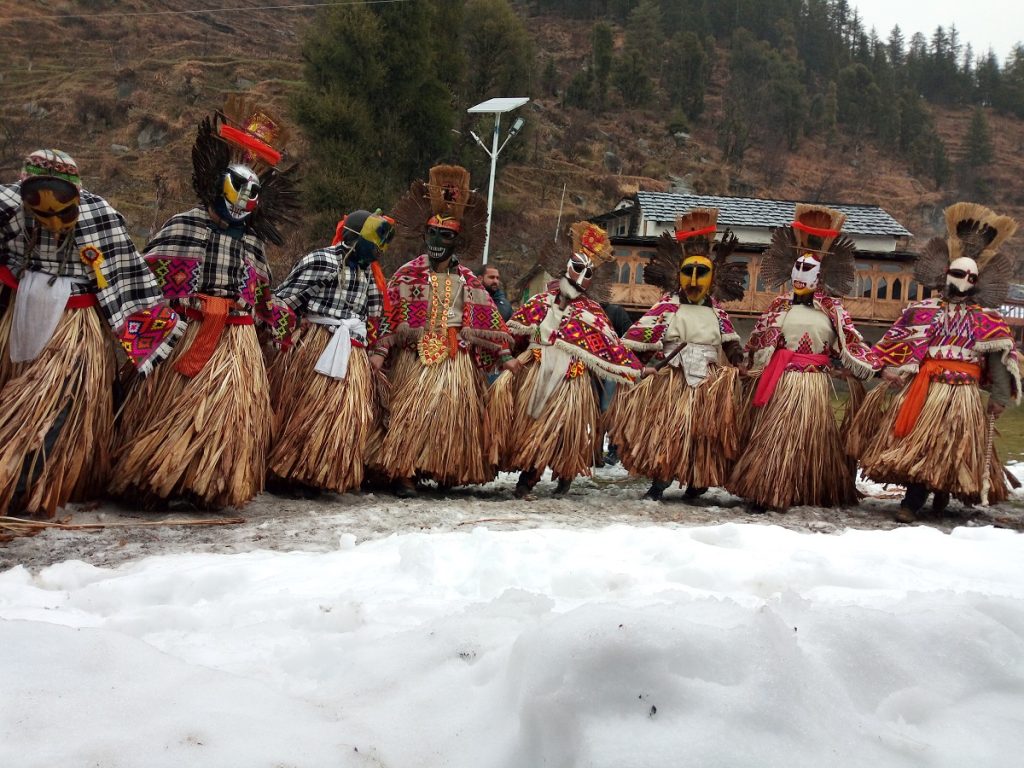
The Fagli Festival is a vibrant and colorful festival celebrated in the Kinnaur district of Himachal Pradesh. The festival marks the end of the winter season and the beginning of spring, and is celebrated with great enthusiasm and energy by the local people.
The festival is usually held in the month of February or March, and lasts for several days. The celebrations begin with the lighting of bonfires, which are meant to symbolize the victory of good over evil. The local people dress up in their traditional attire and perform various dances and songs, accompanied by traditional musical instruments such as drums and pipes.
One of the main highlights of the Fagli Festival is the Chohara dance, which is performed by men dressed in elaborate costumes made of sheepskin, wool, and colorful ribbons. The dance is accompanied by the beats of drums and the blowing of pipes, and is a sight to behold.
Another important aspect of the festival is the exchange of gifts and greetings among the people. The local delicacies, such as roasted maize and buckwheat pancakes, are also shared among the people during the festival.
Sazo Festival
The Sazo Festival is a significant festival celebrated by the people of the Pangi Valley in the Chamba district of Himachal Pradesh. The festival is celebrated in the month of August or September, and is dedicated to the goddess of nature and fertility.
The festival is celebrated with great fervor and devotion, and is marked by various religious rituals and cultural activities. The local people dress up in their traditional attire and perform various dances and songs to the beat of drums and other musical instruments.
One of the most unique aspects of the Sazo Festival is the use of masks and elaborate headgear. The masks are made of wood and are painted with bright colors and intricate designs. The headgear is made of woolen yarn and decorated with beads and other ornaments. The masks and headgear are believed to represent the deities and spirits of nature.
During the festival, the local people also offer prayers and perform various rituals to seek the blessings of the goddess. The festival is also an occasion for the people to socialize and exchange gifts and greetings.
Halda Festival
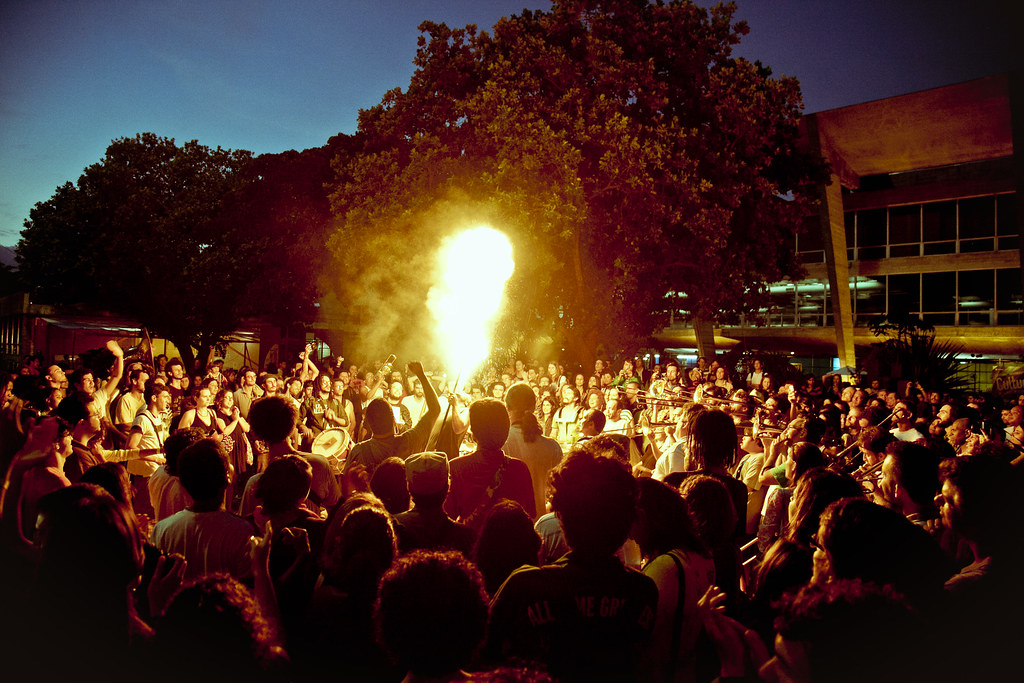
The Halda Festival is a unique winter festival celebrated by the people of Lahaul and Spiti Valley in the northernmost part of Himachal Pradesh. The festival is usually celebrated in the month of January, and is associated with the annual migration of the people and their livestock to the lower regions of the state.
The festival is celebrated with great enthusiasm and involves various rituals and customs. One of the most significant rituals of the festival is the worship of the river goddess Halda, who is believed to protect the people and their livestock during their migration. The local people also perform various folk dances and songs, and offer prayers to the deities for good fortune and prosperity.
Another important aspect of the festival is the traditional food and drinks. The local people prepare various delicacies such as thukpa, momos, and cha, and offer them to their guests and relatives. The festival is also an occasion for the people to exchange gifts and greetings, and to renew old bonds of friendship and kinship.
The Halda Festival is not only a celebration of the winter season, but also a celebration of the rich cultural heritage of the Lahaul and Spiti Valley. It provides a unique opportunity to experience the traditional customs and rituals of the local people, and to immerse oneself in the vibrant colors and sounds of the festival.
Shivratri
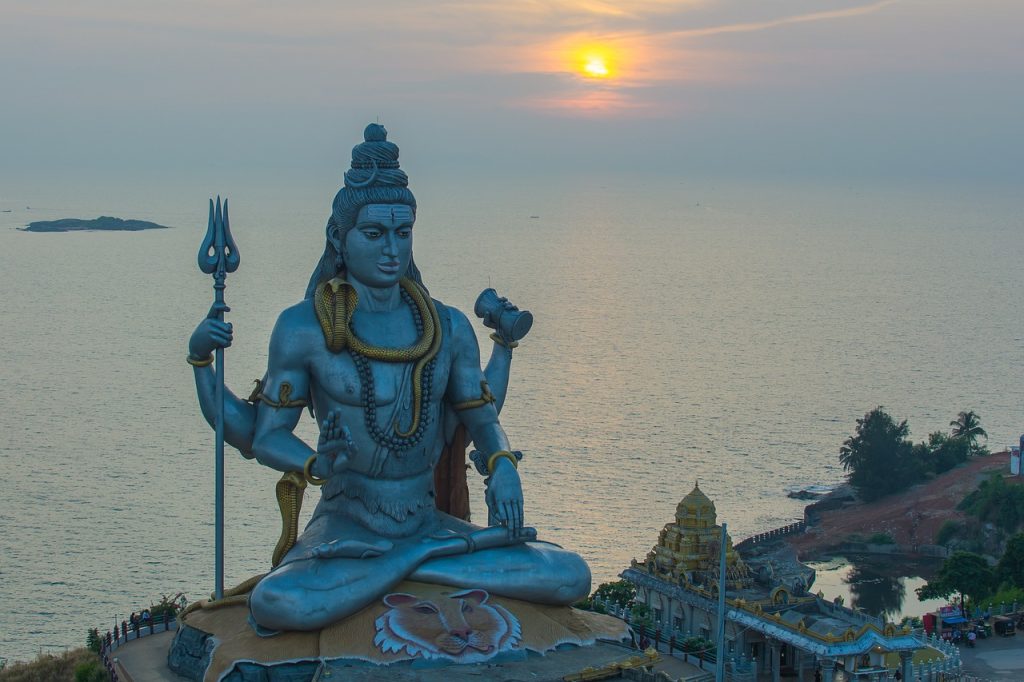
Shivratri is a popular Hindu festival celebrated in various parts of India, including the state of Himachal Pradesh. The festival is dedicated to Lord Shiva, one of the principal deities in Hinduism, and is celebrated with great enthusiasm and devotion.
Shivratri is celebrated on the 14th night of the dark fortnight in the Hindu month of Phalguna or Maagh (February/March). The festival is observed by fasting and offering prayers to Lord Shiva. Devotees visit Shiva temples and offer milk, flowers, and fruits to the deity. Many devotees also observe an all-night vigil, chanting prayers and mantras.
In Himachal Pradesh, the festival is celebrated with great fervor, particularly in the town of Mandi. The Mandi Shivratri Fair is a week-long event, during which a grand procession is taken out, and cultural programs are held. The fair is a major attraction for tourists and draws visitors from all over the world.
The procession features deities from various temples in the region, which are carried on palanquins and decorated with flowers and jewels. The procession is accompanied by traditional music and dance performances, and devotees throw offerings such as flowers, rice, and coins at the deities as they pass by.
One of the unique features of the Mandi Shivratri Fair is the Natti dance, which is a traditional dance form performed by men and women dressed in colorful costumes. The dance is performed in groups and involves intricate footwork and hand movements.
Lohri
Lohri is a popular winter festival celebrated in the northern regions of India, including the state of Himachal Pradesh. The festival is usually celebrated on the 13th of January every year and is dedicated to the harvest season and the winter solstice.
Lohri is a festival of bonfires and is celebrated with great fervor in Himachal Pradesh. People gather around the bonfires, which are lit in the evening, and sing traditional folk songs and dance to the beats of the dhol. The bonfires symbolize the end of the winter solstice and the beginning of longer days.
The festival is also associated with the birth of a son, and families with newborn boys often celebrate Lohri with great enthusiasm. They dress up their children in new clothes and offer them sweets and other goodies.
Another important aspect of Lohri is the distribution of prasad, which usually consists of jaggery, peanuts, and sesame seeds. The prasad is distributed among family members, friends, and neighbors as a symbol of goodwill and unity.
In Himachal Pradesh, Lohri is celebrated in various ways, depending on the region. In the foothills of the Shivalik range, people make khichdi (a rice and lentil dish) and offer it to the fire, while in the higher reaches, people make rotis (flatbreads) and offer them to the fire.
Read More: 25 Most Famous Temples in Kerala
Baisakhi
Baisakhi, also known as Vaisakhi, is a popular harvest festival celebrated in the state of Himachal Pradesh and other parts of India. The festival is usually celebrated on the 13th or 14th of April every year and marks the beginning of the new solar year and the harvest season.
Baisakhi is a festival of joy and celebration, and people in Himachal Pradesh celebrate it with great enthusiasm. The festival is associated with the agricultural community and is celebrated as a thanksgiving ceremony for a bountiful harvest. Farmers in the state offer prayers and seek blessings for a good crop in the coming season.
One of the main attractions of Baisakhi is the Baisakhi Fair, which is organized in various parts of the state. The fair is a platform for showcasing the rich cultural heritage of the state and is attended by people from all over the world. The fair is characterized by colorful processions, traditional dances, and music performances.
Another important aspect of Baisakhi is the preparation and consumption of traditional food items. People in Himachal Pradesh prepare a variety of dishes, including kheer (sweet rice pudding), mithi roti (sweet bread), and dahi bhalla (lentil dumplings in yogurt sauce).
Baisakhi is also an important festival for the Sikh community, and it holds a special significance for them. The festival marks the establishment of the Khalsa Panth by Guru Gobind Singh in 1699, and it is celebrated as a day of initiation for new members of the Khalsa.
Basant Panchami
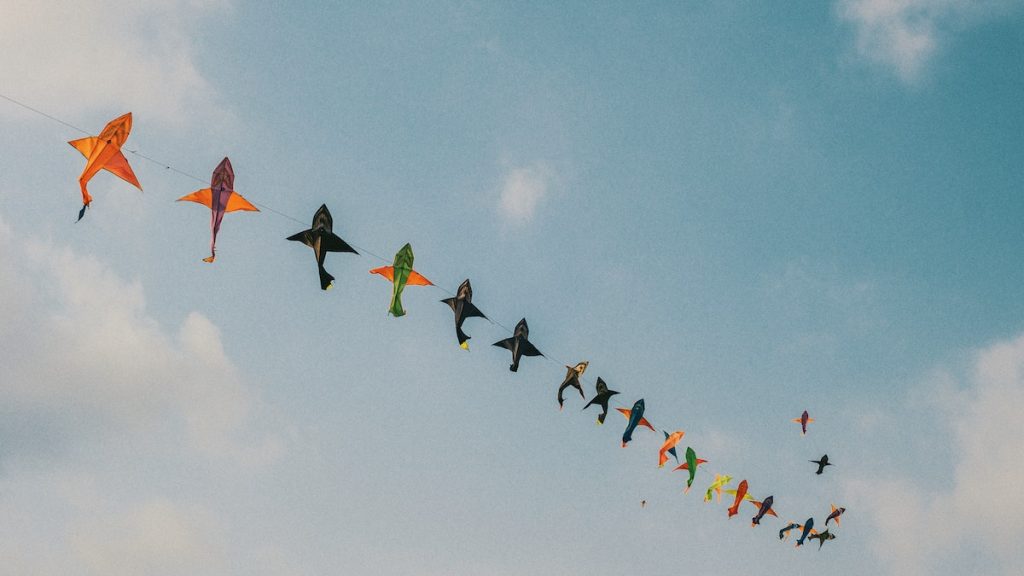
Basant Panchami is a popular festival celebrated in the state of Himachal Pradesh and other parts of India. The festival is also known as Saraswati Puja and is usually celebrated in the month of January or February, on the fifth day of the Hindu month of Magha.
The festival is dedicated to Goddess Saraswati, the Hindu goddess of knowledge, wisdom, and learning. On this day, people worship Goddess Saraswati and seek her blessings for success in their education and careers. Many schools and educational institutions also celebrate this festival by organizing special prayers and functions.
One of the main customs of Basant Panchami is the wearing of yellow clothes. Yellow is considered to be the color of spring and is believed to bring good luck and prosperity. People also decorate their homes and temples with yellow flowers and decorations.
Another important aspect of Basant Panchami is the preparation and consumption of traditional food items. People in Himachal Pradesh prepare a variety of dishes, including saffron rice, khichdi (rice and lentil stew), and boondi (sweet fried chickpea flour balls).
Basant Panchami also marks the beginning of the spring season, and it is considered to be an auspicious time for new beginnings and fresh starts. Many people also fly kites on this day as a symbol of letting go of old troubles and embracing new challenges.
Chaitra Navratri
Chaitra Navratri is a nine-day festival celebrated in the state of Himachal Pradesh and other parts of India. It usually falls in the Hindu month of Chaitra, which is around March or April.
The festival is dedicated to the worship of Goddess Durga and her nine forms, known as Navadurga. It is believed that during these nine days, the goddess descends on earth to bless her devotees and remove evil from the world.
Chaitra Navratri is a time of fasting, prayers, and spiritual purification. Many people observe strict fasts during these nine days, abstaining from all kinds of food and drink, and offering special prayers and worship to the goddess.
One of the main customs of Chaitra Navratri is the decoration of the home and temple with flowers and garlands. People also prepare traditional food items, such as puri, halwa, and chana, which are offered as prasad to the goddess and then distributed among devotees.
The festival culminates with Ram Navami, the birth anniversary of Lord Rama, which falls on the ninth day of Navratri. On this day, people offer special prayers and seek blessings for a happy and prosperous life.
Dussehra
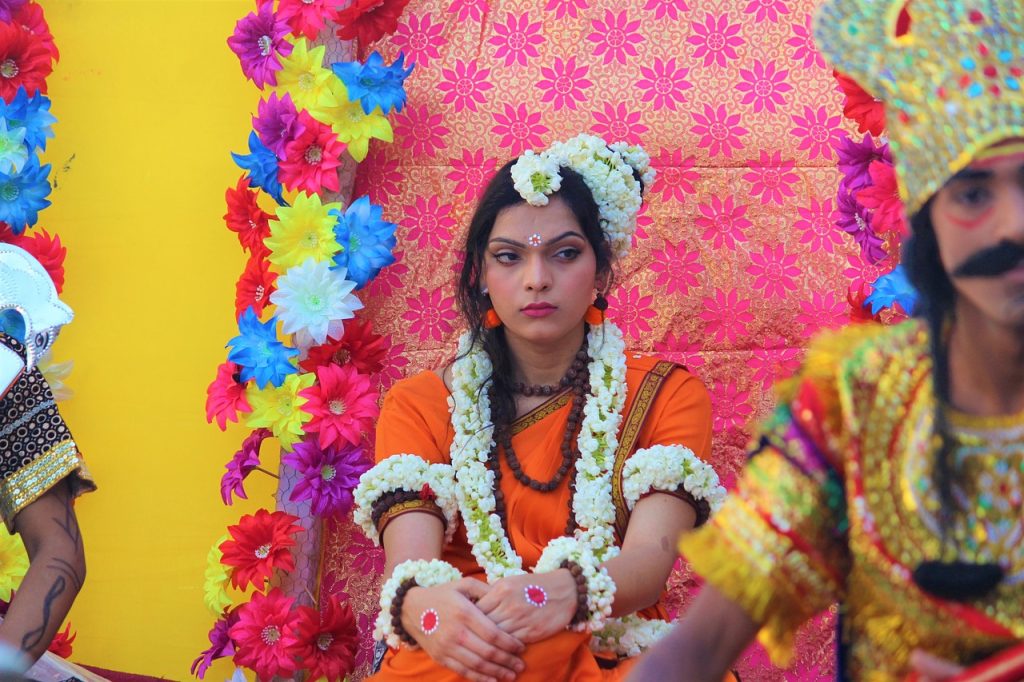
Dussehra is a major Hindu festival celebrated in the state of Himachal Pradesh and other parts of India. The festival usually falls in the month of September or October and is celebrated on the tenth day of the Hindu month of Ashvin.
Dussehra is also known as Vijayadashami, which means the victory of good over evil. The festival marks the victory of Lord Rama over the demon king Ravana, who had abducted Rama’s wife, Sita. It is believed that the victory of Lord Rama signifies the triumph of good over evil.
The festival is celebrated with great enthusiasm and fervor, and is marked by the burning of effigies of Ravana, his brother Kumbhakarna, and son Meghnad. This ritual symbolizes the destruction of evil and the triumph of good.
In Himachal Pradesh, Dussehra is celebrated as Kullu Dussehra, which is a week-long festival. The festival is celebrated with great pomp and show, with a colorful procession of deities from different temples, music, dance, and other cultural events.
One of the main attractions of Kullu Dussehra is the Rath Yatra, where the deities are taken out in decorated chariots and paraded through the streets. The festival also features a display of fireworks and a traditional market, where people can buy local handicrafts, food, and other items.
Shoolini Mela
Shoolini Mela is a popular festival celebrated in the Solan district of Himachal Pradesh. The festival is held every year in the month of June, and it is one of the largest cultural festivals in the region.
The festival is named after the local goddess Shoolini, who is believed to protect the town from evil forces. During the festival, people offer prayers and pay their respects to the goddess, seeking her blessings for prosperity and well-being.
Shoolini Mela is a celebration of Himachal Pradesh’s rich cultural heritage and traditions. The festival features a variety of cultural events and performances, including music, dance, and theater. People also participate in sports competitions, such as archery, wrestling, and tug-of-war.
One of the main attractions of the Shoolini Mela is the food stalls, which offer a wide variety of local and traditional food items. Visitors can sample delicious dishes, such as chana madra, kadi chawal, and sidu, which are unique to the region.
The festival also includes a colorful and vibrant parade, known as the Shobha Yatra, which features beautifully decorated floats, traditional dance performances, and live music. The parade is a spectacular display of the region’s rich cultural diversity and is a major highlight of the festival.
Manimahesh Yatra
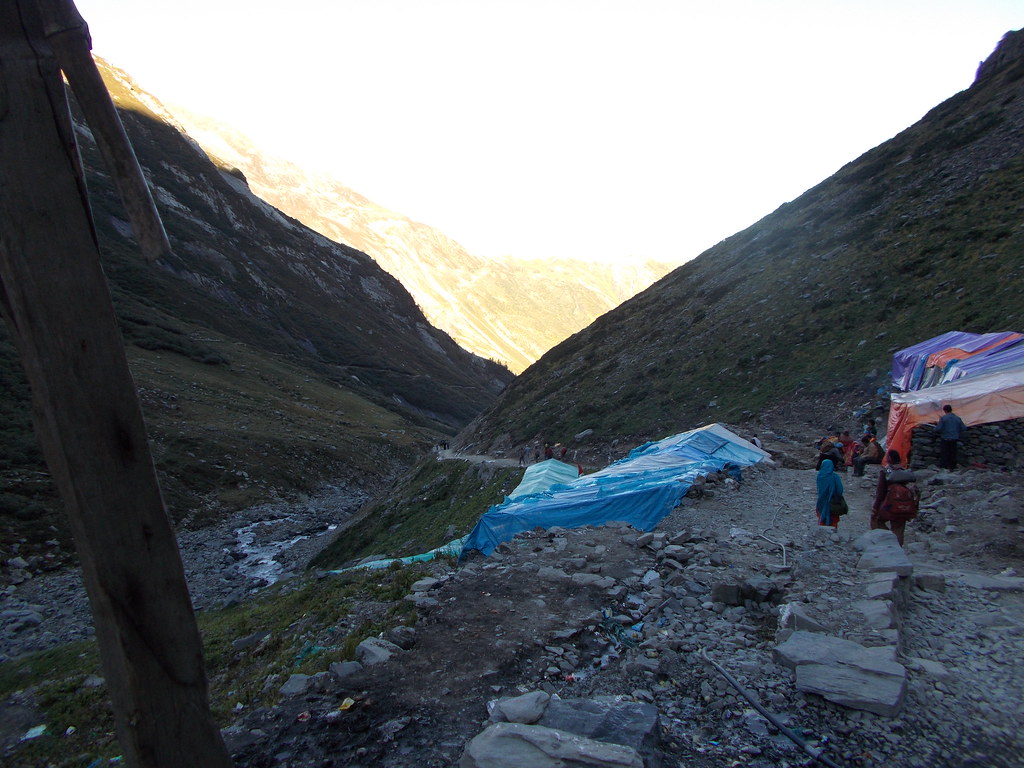
Manimahesh Yatra is a famous religious pilgrimage in the state of Himachal Pradesh. The Yatra is held every year during the months of August and September and attracts thousands of devotees from all over India.
The Yatra is dedicated to Lord Shiva and his abode, the Manimahesh Kailash peak, which is considered to be one of the most sacred places in the Hindu religion. The peak is situated in the Pir Panjal range of the Himalayas and is believed to be the abode of Lord Shiva.
The Yatra begins with the ceremonial flag hoisting, known as the “dhwajarohan,” in the town of Chamba. From there, the devotees embark on a trek to the Manimahesh Lake, which is located at an altitude of 4,080 meters above sea level.
The trek to the lake is considered to be one of the most challenging and arduous treks in the region. It takes about 2-3 days to complete the trek, and the devotees have to cross several steep slopes and treacherous paths to reach the holy lake.
Once the devotees reach the lake, they take a holy dip in the freezing water and offer prayers to Lord Shiva. The devotees also perform the “parikrama,” which involves circumambulating the lake in a clockwise direction, as a sign of their devotion.
The Manimahesh Yatra is not just a religious pilgrimage but also a celebration of the region’s natural beauty and cultural diversity. The trek offers stunning views of the snow-capped peaks, lush green valleys, and the local flora and fauna.
Renuka Fair
Renuka Fair is a popular cultural and religious festival held in the Renuka Lake region of Himachal Pradesh. The festival is celebrated every year during the month of November and attracts thousands of visitors from all over India.
The festival is named after the Renuka Lake, which is considered to be one of the most sacred lakes in the Hindu religion. The lake is associated with the legend of Goddess Renuka, who is believed to be the mother of Lord Parshuram, an incarnation of Lord Vishnu.
The festival begins with a colorful procession, known as the “Jaleb,” which features beautifully decorated chariots, folk dances, and music performances. The procession starts from the Renuka temple and culminates at the fairgrounds, where the festivities continue for the next three days.
During the festival, people participate in a variety of cultural activities and events, such as folk dances, music performances, and theater shows. The fair also includes several stalls selling traditional food items, handicrafts, and souvenirs.
One of the main attractions of the Renuka Fair is the wrestling competition, known as the “Kushti,” which is held on the second day of the festival. The competition is a major highlight of the fair and attracts wrestlers from all over the region.
The festival also offers visitors an opportunity to explore the natural beauty and scenic landscapes of the Renuka Lake region. The lake is surrounded by lush green forests and offers stunning views of the Himalayan mountains.
Lavi Fair
Lavi Fair is one of the most popular fairs held in Himachal Pradesh, India. The fair is held annually in the town of Rampur, located in the Shimla district, and attracts thousands of visitors from all over the region.
The Lavi Fair is a celebration of the cultural diversity of the region and is named after the Lavi stream that flows through the town. The fair is believed to have been started in the 17th century by the then ruler of Rampur, Raja Kesar Singh.
The fair is held in the month of November and lasts for three days. The fair is a major attraction for the locals as well as tourists who visit the region to witness the colorful festivities and cultural events.
During the fair, people participate in a variety of cultural activities such as folk dances, music performances, and theater shows. The fair also features several stalls selling traditional handicrafts, clothes, and food items.
One of the main attractions of the Lavi Fair is the trading of goods between the locals and the traders from the neighboring regions. The fair is known for its bustling marketplace, where one can find a variety of goods such as woolen shawls, carpets, spices, and dry fruits.
The Lavi Fair is also famous for the wrestling competition, known as the “Kushti,” which is held on the last day of the fair. The competition is a major highlight of the fair and attracts wrestlers from all over the region.
Minjar Fair
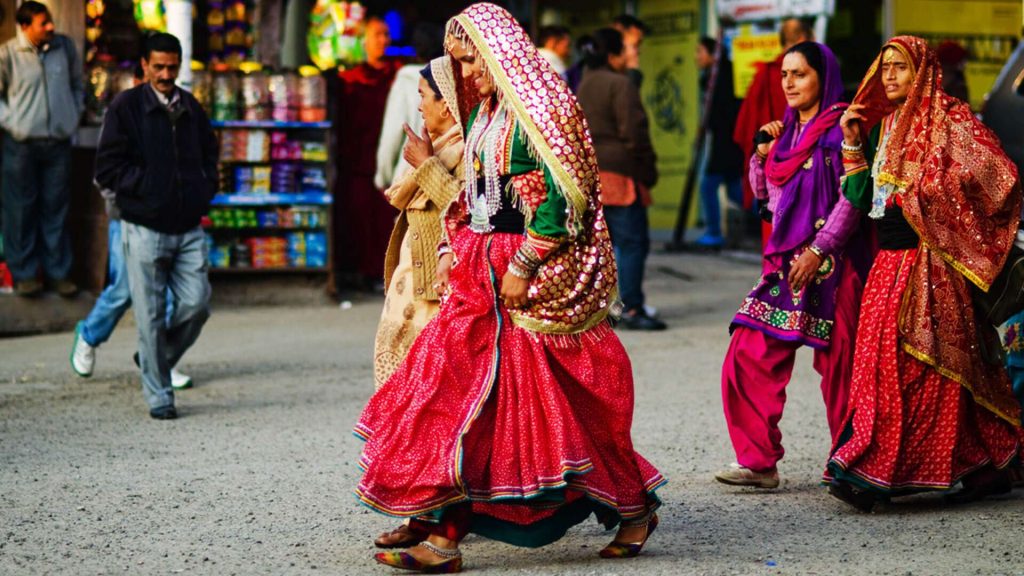
Minjar Fair is a popular festival celebrated in the Chamba district of Himachal Pradesh, India. The fair is held annually in the month of August and is a celebration of the region’s cultural heritage.
The Minjar Fair is a week-long festival that is held in the town of Chamba. The festival is named after the “Minjar,” which is a silk tassel that is worn by the people during the festival. The tassel symbolizes the maize crop and is a way to pray for a good harvest.
The festival begins with the worship of Lord Raghuvir, which is the presiding deity of the region. After the worship, people dress up in colorful traditional clothes and participate in a grand procession. The procession is led by a decorated chariot carrying the idols of Lord Raghuvir and Goddess Sita.
During the fair, people participate in various cultural activities such as folk dances, music performances, and theater shows. The fair also features several stalls selling traditional handicrafts, clothes, and food items.
One of the major highlights of the Minjar Fair is the “Minjar Mela,” which is a grand marketplace where people can buy a variety of goods such as silk, spices, handicrafts, and food items. The marketplace is a bustling center of activity, where people from different regions come to buy and sell goods.
The festival also involves the floating of the “Minjar” in the Ravi river. The tassel is placed in a decorated boat, and people offer prayers for a good harvest while the boat is floated down the river.
Nal
Nal is a unique festival celebrated by the people of Lahaul and Spiti districts of Himachal Pradesh. The festival is held to pay homage to the goddess Kunzum Devi, who is believed to protect the people from natural disasters and epidemics.
The Nal festival is celebrated in the month of August or September and is a five-day-long event. On the first day of the festival, people offer prayers to the goddess Kunzum Devi and seek her blessings. They also prepare a special dish called “nalchha,” which is made by mixing flour, sugar, and butter.
The second day of the festival is dedicated to the “Nal Bhu Chu,” which is a unique ritual that involves the sacrifice of a goat. The head of the goat is then placed on a pole and taken to different villages for public display. The people believe that the ritual brings good luck and prosperity to their villages.
On the third day, people celebrate the “Nal Bhoj,” which is a grand feast that is organized for the entire village. People prepare various traditional dishes and share them with each other. The feast is a way to strengthen the social bonds between the villagers and celebrate the blessings of the goddess Kunzum Devi.
The fourth day of the festival is dedicated to the “Nal Harte,” which is a traditional dance performed by the men of the village. The dance is performed to express their gratitude to the goddess Kunzum Devi and seek her continued protection.
The final day of the festival is marked by the “Nal Chakri,” which is a unique ritual that involves the spinning of a large prayer wheel. The wheel is made of bamboo and is decorated with colorful flags and ribbons. People gather around the wheel and spin it while reciting prayers for the well-being of their village and their families.
The Nal festival is a unique celebration of the rich cultural heritage of Himachal Pradesh and is a major attraction for tourists who want to witness the unique traditions and customs of the region.
Doongri Fair
Doongri Fair, also known as the Hadimba Devi Fair, is a popular festival celebrated in the town of Manali in Himachal Pradesh. It is a three-day festival that is celebrated in the month of May every year. The festival is dedicated to Hadimba Devi, who is the patron goddess of the town.
The festival is celebrated with great zeal and enthusiasm, with people from all over the town and nearby areas coming together to participate in the festivities. The main attraction of the festival is the beautifully decorated temple of Hadimba Devi, which is situated amidst a dense forest of cedar trees.
During the festival, the temple is decorated with flowers, and people offer prayers and seek blessings from the deity. The festival is also marked by cultural performances, including folk dances and music. Local artisans and craftsmen set up stalls selling their wares, including handcrafted items and souvenirs.
One of the most unique features of the Doongri Fair is the presence of traditional Himachali sports, such as archery and stone throwing. These sports are an integral part of the festival and attract a large number of participants and spectators.
The festival also provides an opportunity for people to sample local cuisine, including traditional Himachali dishes such as siddu, kullu trout, and kadhi chawal.
FAQs
Q: Which is the most popular festival in Himachal Pradesh?
A: Kullu Dussehra is one of the most popular festivals in Himachal Pradesh.
Q: When is the Manimahesh Yatra held?
A: The Manimahesh Yatra is held in the month of August or September.
Q: Which festival celebrates the bond between brothers and sisters?
A: Raksha Bandhan is the festival that celebrates the bond between brothers and sisters.
Conclusion
Himachal Pradesh is a land of diverse cultures and traditions, and its festivals are a true reflection of its rich heritage. From Kullu Dussehra to Fagli Festival, each festival has its unique significance and is celebrated with great enthusiasm. Witnessing these festivals is an opportunity to experience the warmth and hospitality of the people of Himachal Pradesh and to immerse oneself in the state’s vibrant culture. So, plan your trip to Himachal Pradesh during one of these festivals to witness the diversity of the state and create memories that will last a lifetime.






